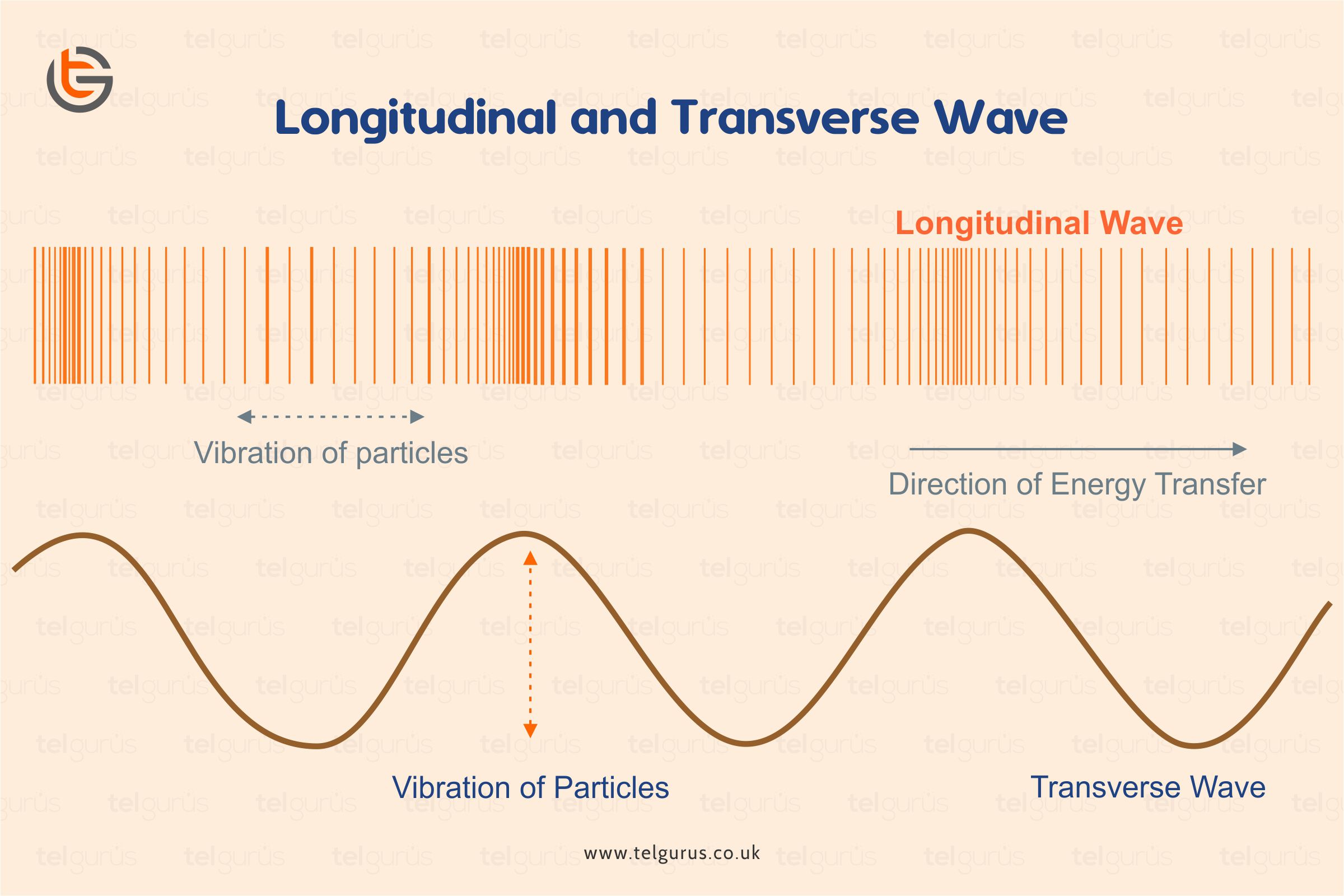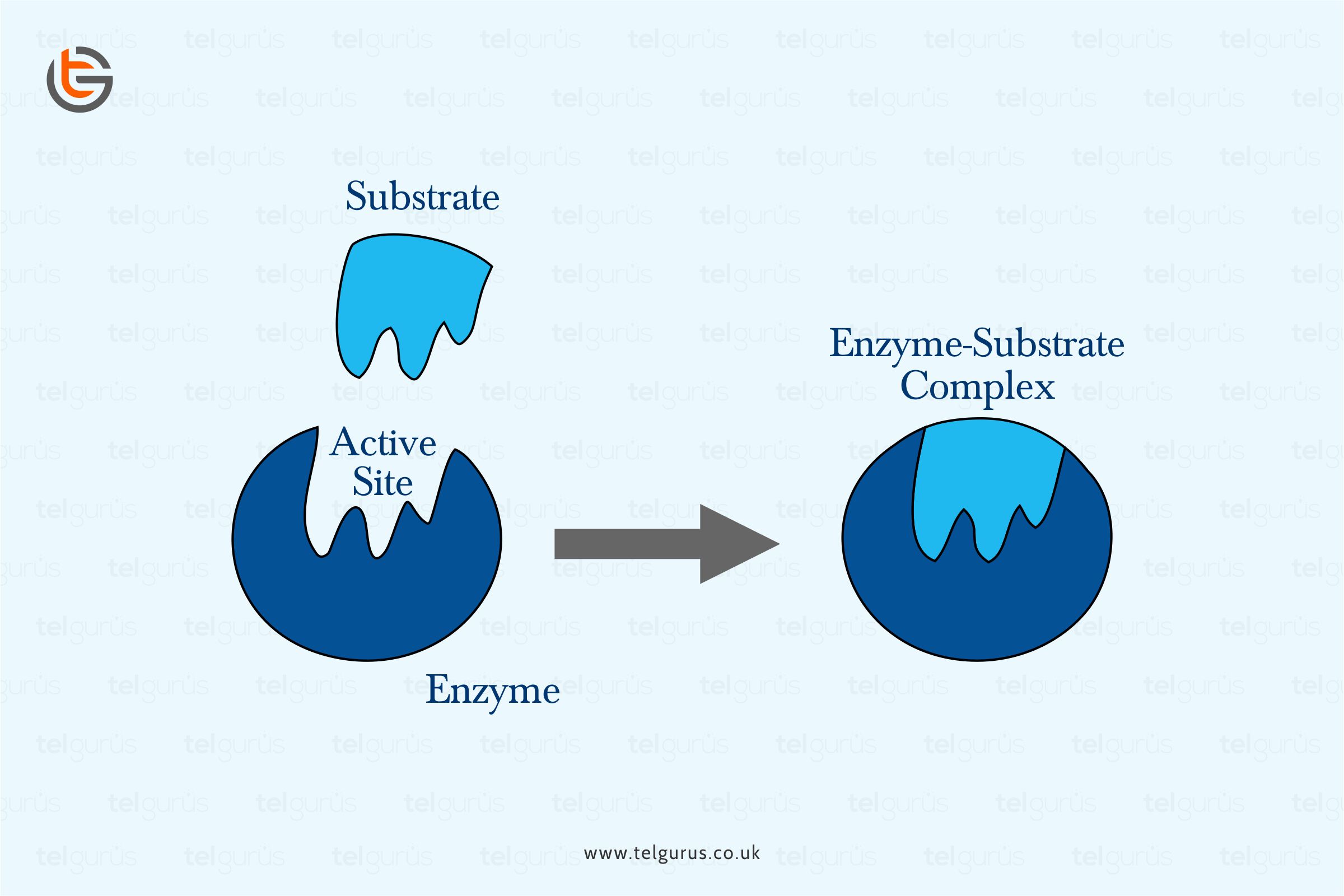Enrich your knowledge with our informative blogs
What is the difference between Transverse and Longitudinal waves?

A wave refers to a disturbance that propagates the energy from one location to another, devoid of transporting any matter.
For instance, a stone hits the water surface and creates ripples that travel in concentric circles, with the radius increasing until they strike the pond’s boundary.
The longitudinal and transverse waves are the two types of waves.
Types of waves
- Longitudinal wave
- Transverse wave
- Longitudinal wave
The waves where the medium’s particles move parallel to the wave propagation are known as longitudinal waves—for instance, Sound waves.
It basically refers to the channel or medium that moves in the same direction as that of the wave. In this type, the particle’s movement is left to right and compels other particles to vibrate.
Longitudinal waves include seismic P waves and sound waves. The sound waves creation occurs through the particle velocity, a particle of displacement, and vibrations in pressure.
While talking about the seismic P waves, their production occurs by earthquakes and explosions. A slinky pushed horizontally or lying horizontally is an easy and straightforward way to demonstrate the longitudinal waves.
- Transverse wave
The waves in which the medium’s particles move perpendicular to the wave propagation’s direction are known as the transverse wave—for instance, the ripples formed on the water surface.
It refers to the channel or medium moving perpendicular to the wave’s direction. In this type of wave, the particles generally move up and down as the wave moves horizontally.
Transverse waves are generally moving waves whose oscillations are perpendicular to the propagation path.
An excellent example of such a type of wave is the one whose creation occurs on the drum’s membrane, and the wave’s propagation occurs in the directions that are parallel to the membrane’s plane.
The common occurrence of such waves takes place in elastic solids. A slinky or string moving up and down is an easy and simple way to demonstrate the transverse wave.
Understanding the difference between longitudinal and transverse waves!
| Parameters | Longitudinal wave | Transverse wave |
| Movement | The medium or channel in this type moves in the same direction as the wave | The medium or channel in this type moves perpendicular to the direction of the wave |
| Alignment | The wave cannot be aligned or polarized | The waves can be aligned or polarized |
| Dimension | Longitudinal waves act in one dimension | Transverse waves act in two dimensions |
| Example | An example of such type is the earthquake P wave | An example of such type is Earthquake S wave |
| Production medium | Such waves can be produced in any channel or medium like liquid, solid, or gas | Such waves can be produced on liquid and solid’s surfaces |
| Constitution | It is made of compressions and rarefactions | It is made of crests and troughs |
Bottom Line!
The essential difference that needs to be noted in both types of waves is that the energy propagation in a longitudinal wave is in the motion’s direction. In contrast, the energy propagation in the transverse wave is perpendicular to the motion’s direction.
Read More – Physics Questions
View More – Useful links for Your Child’s Development

Accelerate your learning in the right Dimension!
Instant doubt resolution and practical exposure to concepts, makes learning Physics easy and fun.
Categories
Recent Posts
- List of the qualities you should look for in your tutors?
- What is the most useful formulas in math?
- Describe the process of eating to defecation of food?
- Difference between the natural and artificial active response by the immunology system.
- Explain the different circle theorems
- How are nerve cells adapted to their function?












